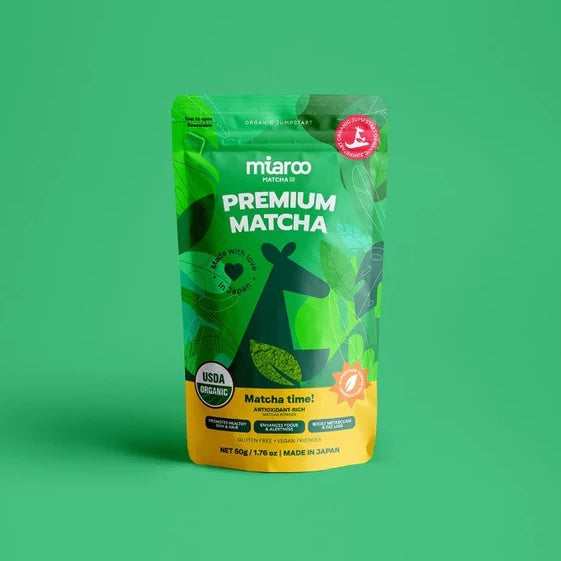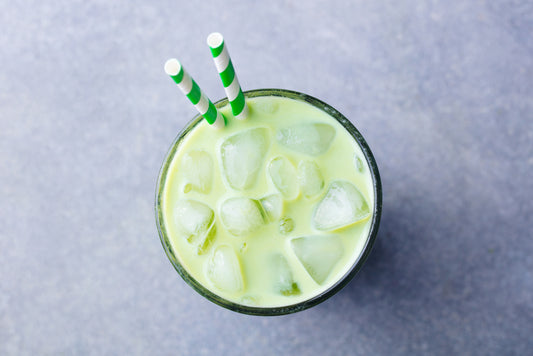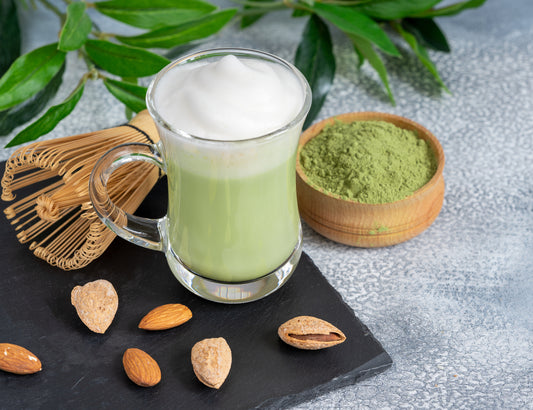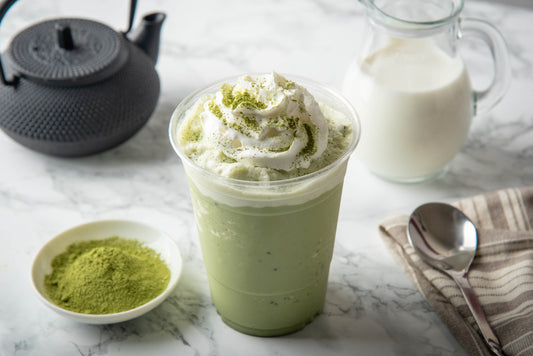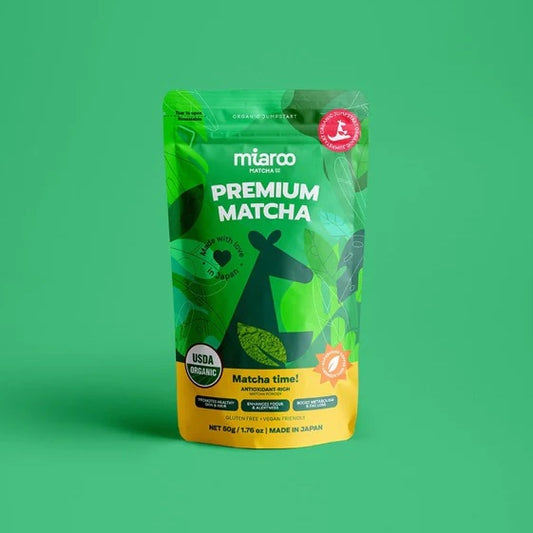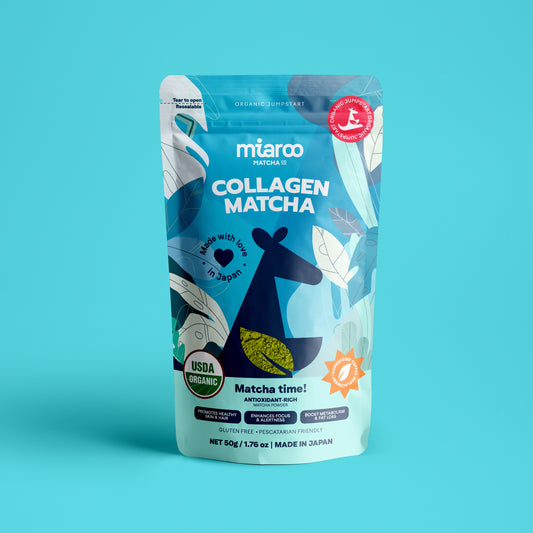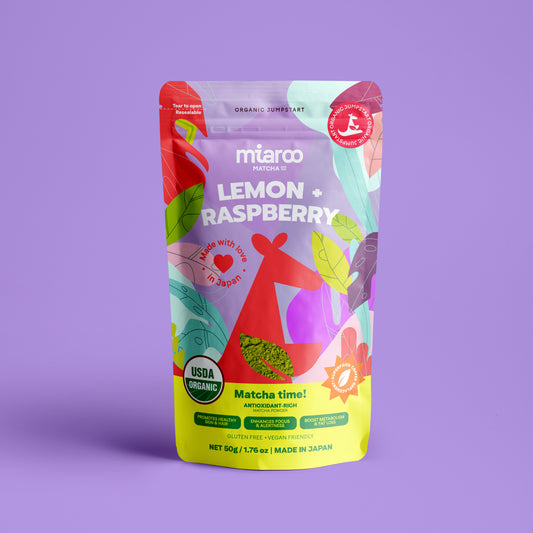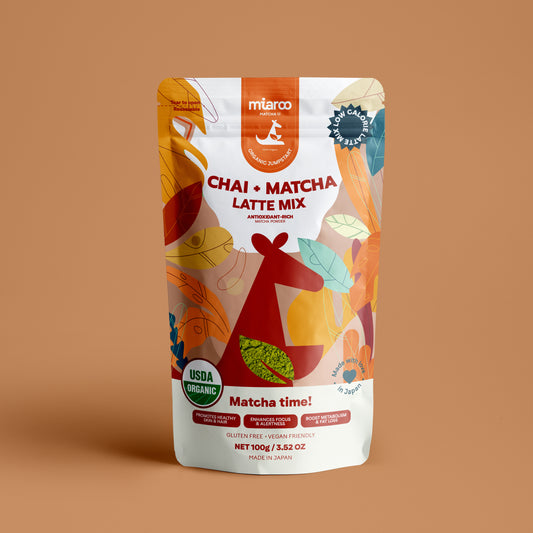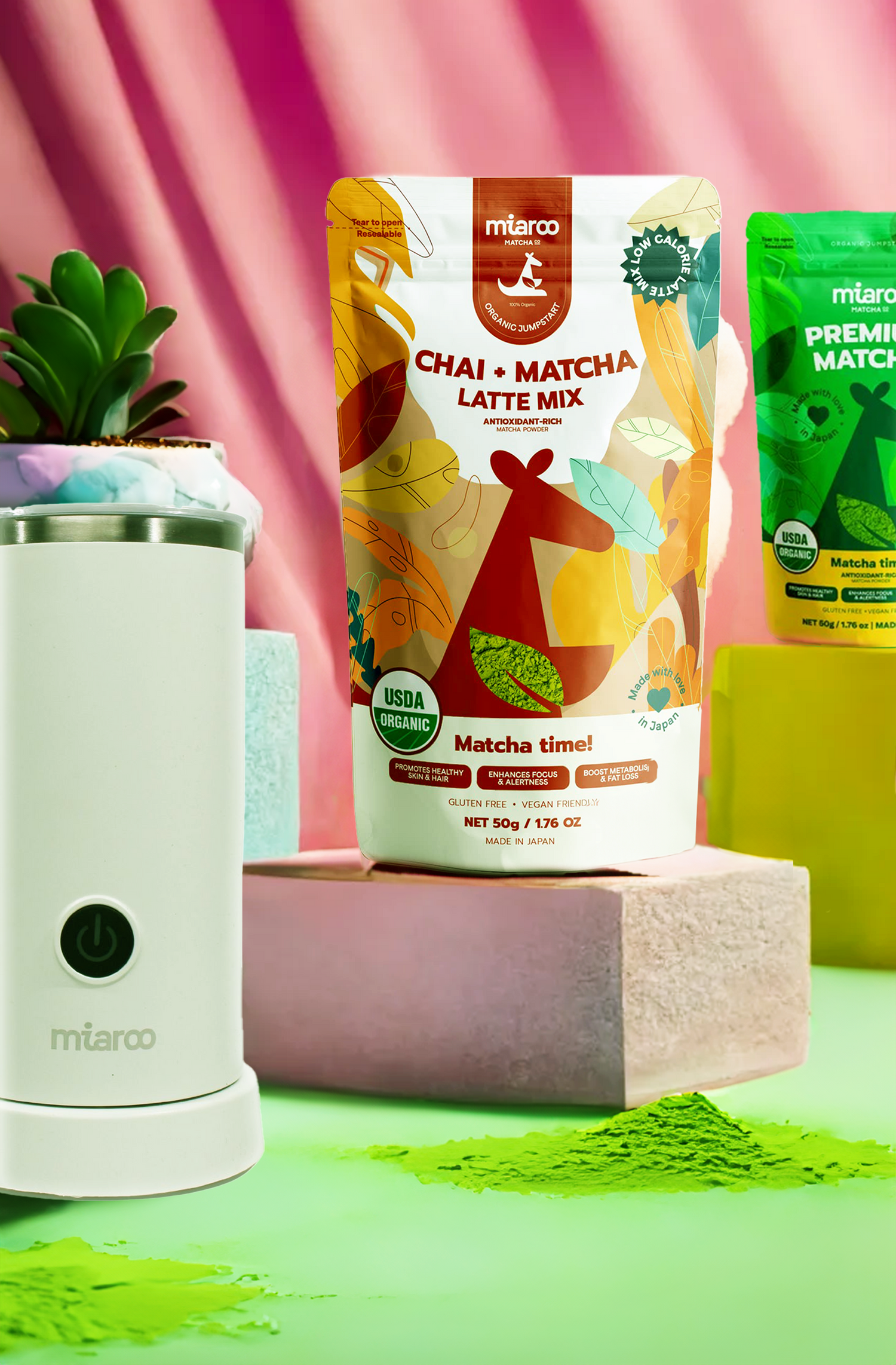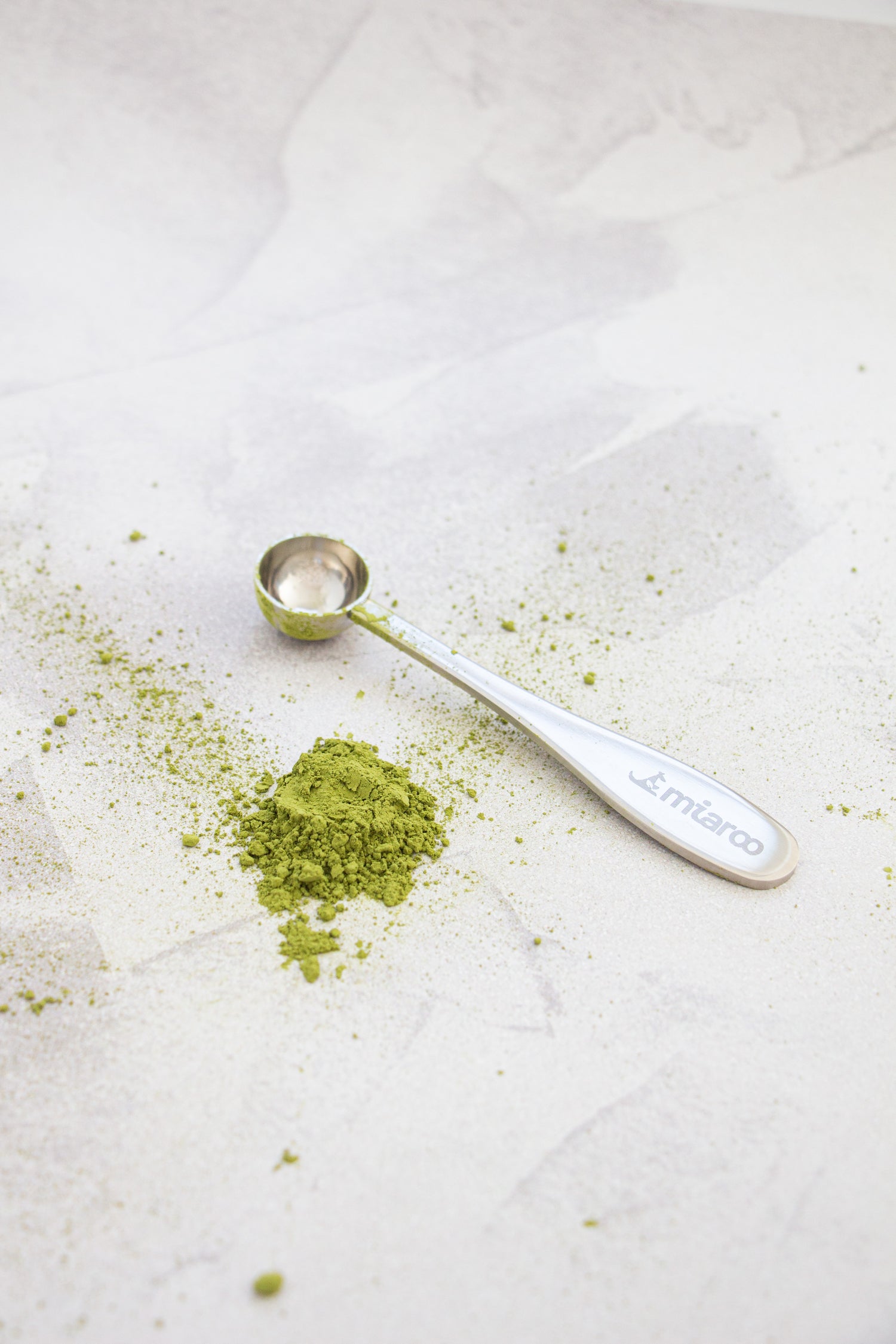Matcha or Wheatgrass? Which is the Right Choice for Me?
UPDATED DECEMBER 7, 2023
Welcome to the world of superfoods where vibrant hues of green promise, not just a burst of flavor, but a myriad of health benefits. In the realm of superfoods, matcha and wheatgrass have emerged as front-runners, each boasting an impressive nutrient profile and health-boosting qualities. Yet, when pitted against each other, which takes the vegan cake?
This article examines, 1 to 1, how matcha, the ancient Japanese ceremonial tea, stands tall when compared to the youthful vigor of wheatgrass. So, without further ado, let's begin sifting through the evidence together.
There are definitely some common denominators between the two. Both a vibrant, green color, both containing chlorophyll, and both of these are antioxidants as well. Let’s put that aside and discuss what differentiates between the two.
| Nutrient/Benefit | Matcha | Wheatgrass |
|---|---|---|
| Antioxidant Content | Higher in catechins, specifically EGCG, which are powerful antioxidants that help in preventing chronic diseases. | Contains antioxidants, but fewer catechins than matcha. |
| Caffeine | Contains caffeine, providing a balanced and sustained energy boost without the crash associated with coffee. | No caffeine, which may be preferable for some, but does not offer the energizing effects of matcha. |
| Chlorophyll | Contains chlorophyll, which aids in detoxification and has an alkalizing effect on the body. | High in chlorophyll, comparable to matcha, but without the additional health benefits provided by matcha's unique antioxidants. |
| Vitamins | Rich in vitamins A, C, and E, and also contains a good amount of B-complex vitamins. | Contains vitamins A, C, E, and B-complex, but in lower concentrations compared to matcha. |
| Minerals | Contains trace amounts of potassium, calcium, magnesium, and zinc. | Contains minerals but is less dense in the variety of minerals than matcha. |
| Protein and Amino Acids | Contains all essential amino acids, making it a source of complete protein. | Contains some amino acids, but not as complete a profile as matcha. |
| L-Theanine | High in L-Theanine, which promotes relaxation and stress relief without drowsiness. | Does not contain L-Theanine, which is unique to tea leaves. |
| Fat Burning | Has been shown to increase metabolism and fat burning at a higher rate. | Does not significantly affect metabolism related to fat burning. |
| Mental Clarity | Enhances mental focus and clarity due to the combination of L-Theanine and caffeine. | May improve general well-being but lacks the cognitive-enhancing effects of matcha. |
| Versatility in Recipes | Can be used in a wide variety of drinks and dishes, from lattes to desserts, without altering the taste profile significantly. Try the Organic & Sweetened Vanilla Matcha Blend | Has a strong grassy flavor that may not be as palatable or versatile in as many recipes. |
| Culinary Tradition | Comes with a rich cultural tradition of Japanese tea ceremonies, adding a cultural depth to its consumption. | Lacks the cultural ceremony and heritage associated with matcha. |
As you can see, both Matcha and Wheatgrass contain many natural nutrients and have countless benefits as well.
Key Highlights:
-
Antioxidant Powerhouse: Matcha outshines wheatgrass with its rich concentration of catechins, particularly EGCG, which are renowned for their cancer-fighting properties and their role in cardiovascular health.
-
Energizing Elixir: The caffeine content in matcha provides a unique energy boost that is both stimulating and balancing, thanks to the presence of L-theanine, which tempers caffeine's usual rush.
-
Detoxifying Dynamics: Both matcha and wheatgrass contain chlorophyll, though matcha couples this with a powerhouse of antioxidants, offering a detoxifying duo that wheatgrass alone can't match.
-
Vitamin Virtuoso: Matcha's broad spectrum of vitamins, including A, C, E, and B-complex, surpasses wheatgrass, making it a more potent vitamin source for your daily diet.
-
Mineral Mastery: Matcha's mineral profile is diverse, featuring potassium, calcium, magnesium, and zinc, contributing to a variety of bodily functions and overall health.
-
Protein and Amino Acids: With all essential amino acids present, matcha stands out as a complete protein source, a rare find in plant-based ingredients.
-
Cognitive Clarity: Thanks to L-Theanine, matcha enhances mental focus and clarity without inducing drowsiness, a benefit not found in wheatgrass.
-
Metabolic Marvel: Matcha has been linked to increased metabolism and fat burning, a testament to its weight loss supporting capabilities.
-
Culinary Versatility: Matcha's adaptability in recipes from lattes to desserts, coupled with its less intrusive flavor profile, makes it a favored ingredient in the kitchen.
-
Cultural Charm: Beyond nutrition, matcha brings with it a rich cultural heritage of Japanese tea ceremonies, adding a layer of tradition and experience that wheatgrass lacks.
Conclusion: What's Better? Matcha or Wheatgrass?
As we've just examined above, Matcha and Wheatgrass both have key nutrients that are vital to our daily health, but the side benefits of this the matcha green tea powder include assistance in weight loss, lowering cholesterol, and blood sugar levels. It provides a boost of energy and the mental clarity to make use of it.
